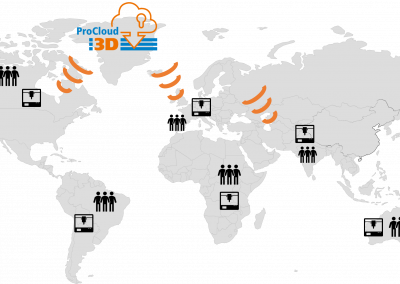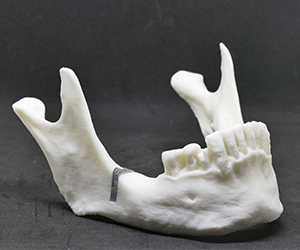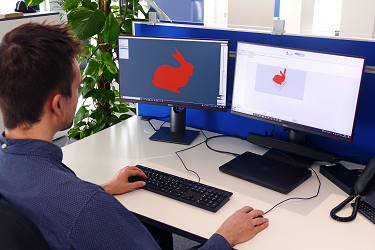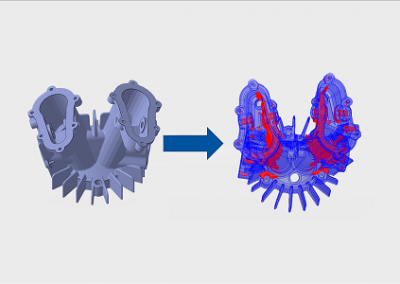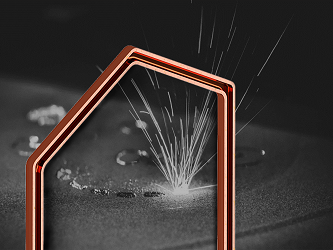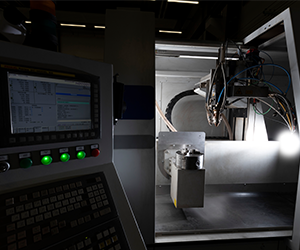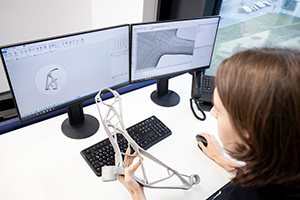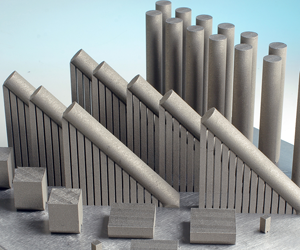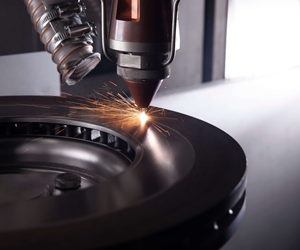Key Words: LPBF, Design for Manufacturing, Stator, Hairpin, E-Mobility , Winding Design
Optimized Solutions for E-Mobility
The acceptance of battery electric vehicles has increased exponentially over the last few years. This is also shown by the corresponding registration figures. E-mobility is seen as a push factor for innovations and, thus, generates ever higher demands on the electric powertrain. Additive Manufacturing (AM) is a key technology for realizing these innovations and meeting the increased demands on products and production. In addition to the development of a variantflexible hairpin stator production by means of AM – within the framework of a project funded by the MWIDE – the DAP chair researches the optimization of electric machines using AM technologies. The electric traction drive as the heart of the electrified powertrain, offers numerous optimization potentials. Using AM as an initial process with its associated potentials such as design freedom and shortened product development cycles, results in innovative production process chains. For instance, AM can already be used today to realize an optimized winding design of copper conductors that leads to an increased power density of electric machines by around 30 %.
Carsten Putz, M. Sc.
RWTH Aachen Chair
Digital Additive Production DAP
Campus-Boulevard 73
52074 Aachen
Further Research Topics
This picture shows a component that was developed in one of our projects together with Kueppers Solutions GmbH.



